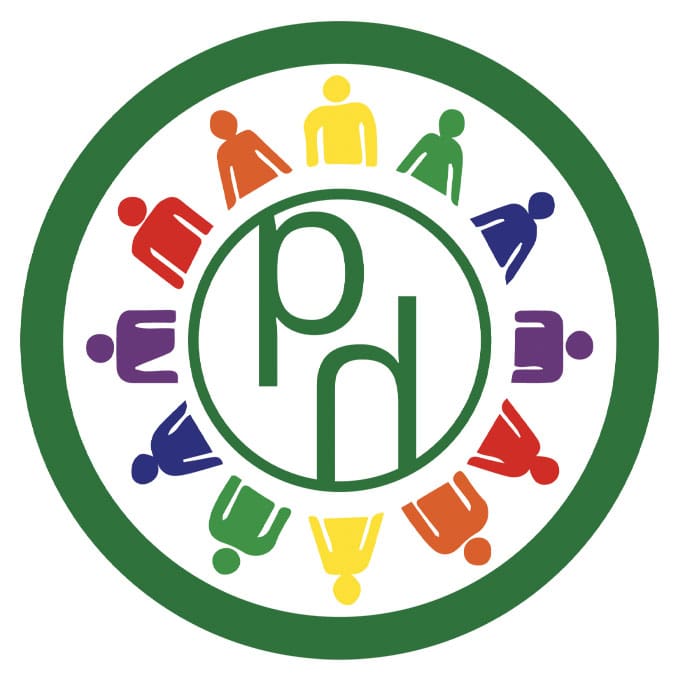
Photo by Xiaoxia Xu on Unsplash
It’s not unusual for teenagers to experiment with drugs and alcohol as they navigate the challenges of growing up. Influences like peer pressure, social media, and celebrity culture often make substance use seem normal or even glamorous. For some, using drugs or alcohol becomes a way to cope with anxiety, stress, or other personal struggles — offering a temporary sense of relief or escape.
While this behaviour might seem like a typical phase, it’s important for parents to understand the risks. As the teenage brain is still developing, substance use during these years can increase the likelihood of long-term mental health issues and make teens more vulnerable to addiction later in life. As parents, recognising these influences and staying engaged in our children’s lives is crucial to helping them make healthy choices.
What’s at risk?
When teenagers use drugs or alcohol, they’re not just taking temporary risks — they’re potentially setting the stage for long-term consequences. Substance use can lead teens into dangerous situations, such as impaired driving, unsafe sex, or becoming involved with violence. It also poses serious health risks, including damage to the developing brain, liver problems, respiratory issues, and increased vulnerability to mental health disorders like depression and anxiety. Repeated use can quickly lead to dependence or addiction, which is often harder to overcome the earlier it starts.
There are also legal consequences to consider: underage drinking and drug possession can lead to fines, criminal charges, school suspension, or loss of job opportunities. Beyond these tangible risks, substance use can also affect academic performance, relationships with family and friends, and overall sense of self-worth.
Alcohol

Photo by Kindel Media on Pexels
Alcohol use among young people in the UK has always been high, although it has been declining in recent years. Despite this, alcohol remains a serious concern because it has become so normalised in our culture. It is important to remember that alcohol is a toxin, and even small amounts are carcinogenic. For this reason, the World Health Organization stated in 2023 that there is no quantity that does not affect health. Current health guidelines recommend that young people avoid alcohol entirely before the age of 18, and if they do drink, not before the age of 15.
While alcohol is generally considered to be the least harmful of the substances, young people tend to ‘binge drink’ without fully understanding the speed that alcohol is absorbed into their bloodstream. The initial euphoria of feeling ‘tipsy’ is quickly followed by confusion, impaired judgment, exaggerated emotions, feeling sick, and unconsciousness. These risks are heightened for adolescents due to their underdeveloped frontal lobes. As a result, the areas governing executive functioning — including the ability to make smart, risk-averse choices — aren’t fully online yet.
Here are some ideas on how to talk to your teen about alcohol:
- Start the discussion early
- Find out what they know
- Talk about the risks
- Set boundaries
- Be a good role model
- Listen without judgment
- Encourage healthy alternatives
Cannabis

Photo by RDNE Stock project on Pexels
Cannabis is often the first drug that young people try, with around 77% of those who have used drugs reporting they had tried cannabis by the age of 14. It’s most commonly smoked, but is also consumed through vaping and increasingly popular ‘edibles’ like gummies or baked goods. Its widespread use among teens is usually due to its lower cost compared to other substances, its growing social acceptability, and the common belief that it’s relatively harmless.
However, using cannabis can increase the likelihood of experimenting with more dangerous substances. This is partly because regular users may develop a tolerance, meaning the effects of the drug become less intense over time, leading some to seek stronger alternatives. Research has also linked cannabis use in young people to a higher risk of psychosis, along with other mental health issues such as depression and suicidal thoughts. Physically, cannabis can cause breathing difficulties and may worsen existing conditions like asthma.
THC
THC, the chemical responsible for the psychoactive effects of cannabis, is often preloaded into disposable vapes. These THC vapes can be sold by dealers for up to £150 and are relatively easy for young people to access online.
They often contain highly concentrated cannabis oil, with purity levels ranging from 80% to 98% — providing a much stronger dose than smoking it because it is inhaled so quickly. It delivers a powerful dose in a short period of time, which can lead to unpredictable effects and, in some cases, medical emergencies. A major concern is that it’s nearly impossible to know what’s actually in a vape just by looking at it. Products sold as THC vapes may be mixed with far more dangerous substances, such as Spice, heroin, or even fentanyl, significantly increasing the risk of harm.
Edibles

Photo by Kindel Media on Pexels
Cannabis edibles are often made to look like regular sweets, such as gummy bears, making them especially appealing for young people. Unlike smoking, edibles take longer to kick in, typically between 30–60 minutes, which can lead to accidental overconsumption. Because the effects are delayed and less predictable, it’s easy to take too much without realising it. The high can last anywhere from 3–8 hours, and the side effects are often more intense than smoking. These may include nausea, dizziness, shakiness, panic, and confusion.
There has been a rise in reports of young people becoming seriously ill after consuming what they believed were cannabis edibles. In many of these cases, the products were found to contain synthetic drugs like Spice, which can cause severe reactions, such as hallucinations, extreme paranoia, and (in high doses) even death.
Conclusion
Despite the frightening nature of drugs and alcohol, the ‘harm reduction’ approach employed by CATCH 22 and other charities encourages parents to have open conversations with young people. This may be difficult, so there are some useful resources listed below. By dispelling myths and misinformation, parents can help their teens to make informed and safer choices about substance use. This honest communication builds trust and gives teens the confidence to make decisions based on knowledge rather than pressure or assumptions.
Useful websites and articles
- CATCH 22
- YoungMinds
- Childline
- WithYou
- Mind
- Via
- Frank
- HopeUK
- NSPCC
- World Health Organization (2023) No level of alcohol consumption is safe for our health, available at: https://www.who.int/europe/news/item/04-01-2023-no-level-of-alcohol-consumption-is-safe-for-our-health
- David Robson (2024) Why alcohol is so dangerous for young adults’ brains, available at: https://www.bbc.co.uk/future/article/20240228-how-alcohol-affects-teens-and-young-adults-brains




